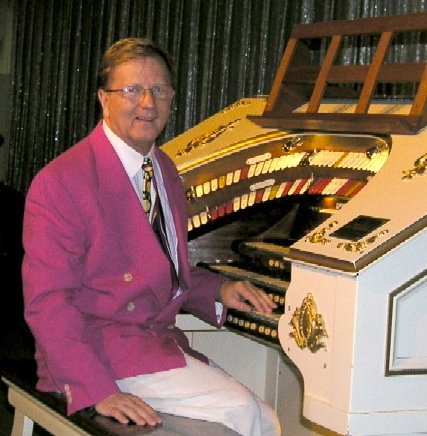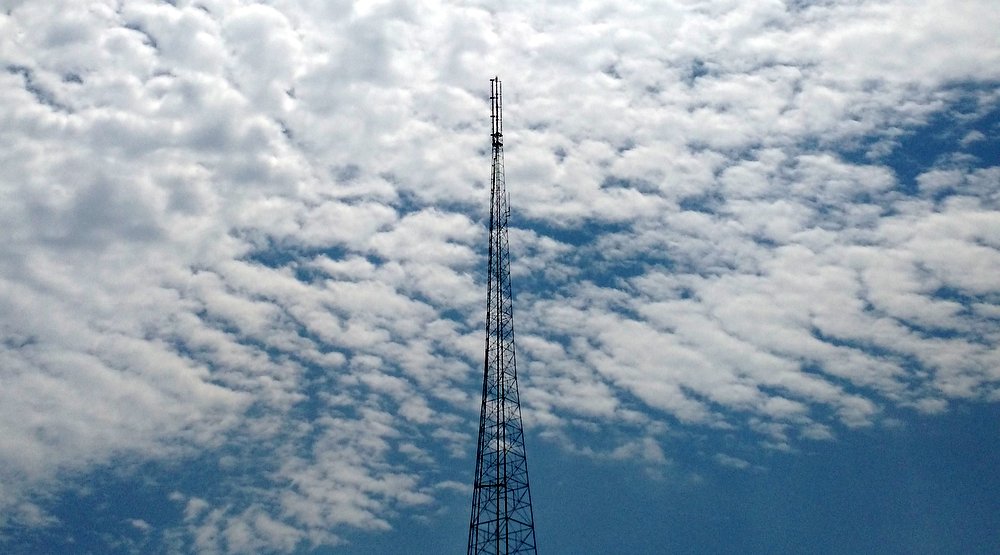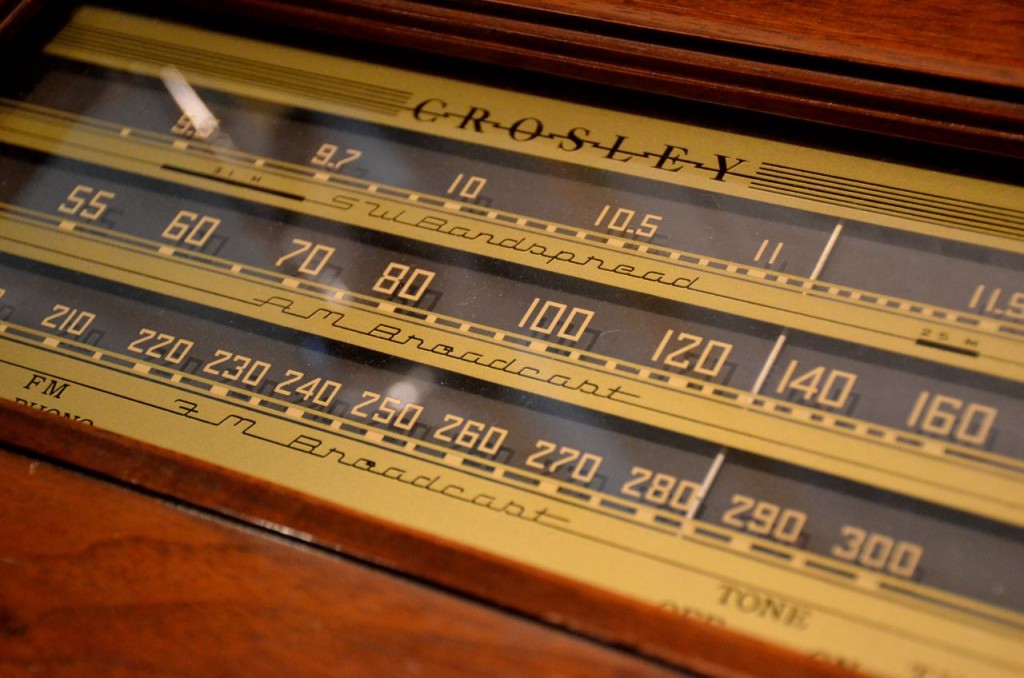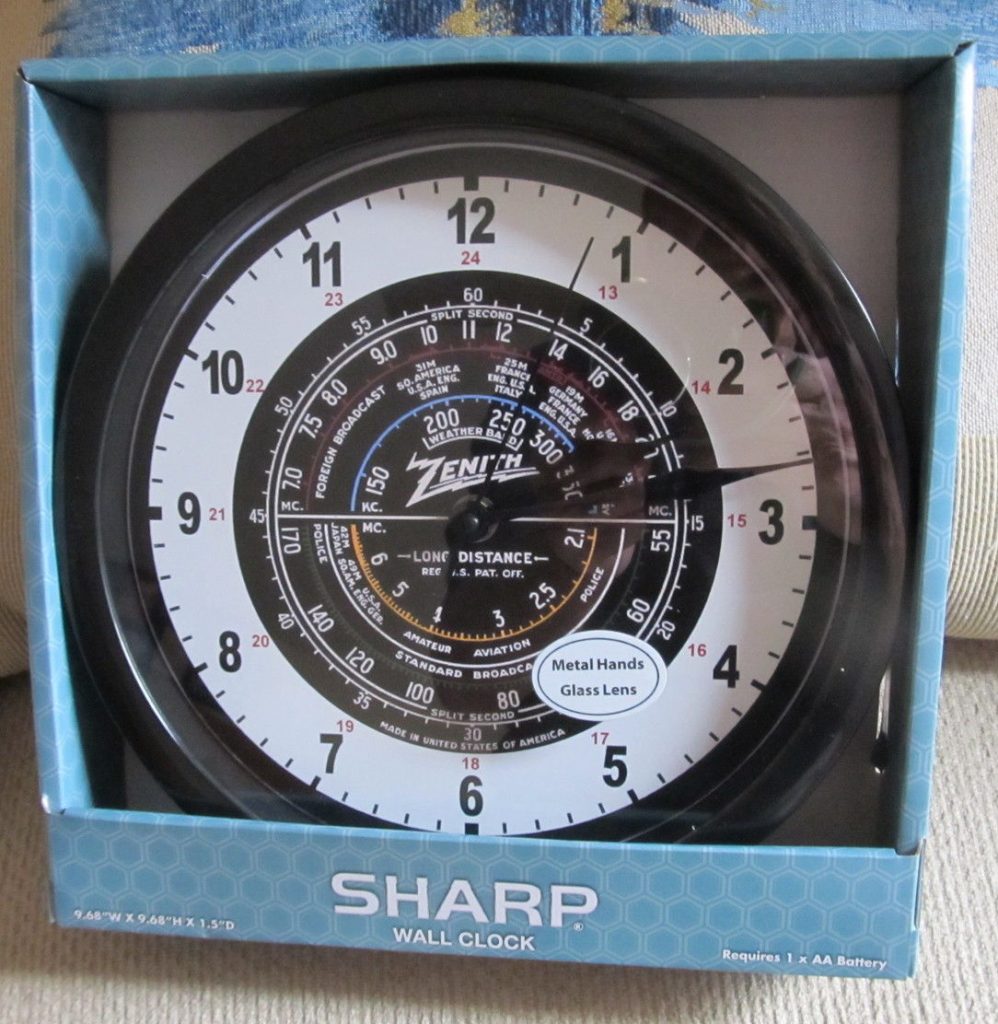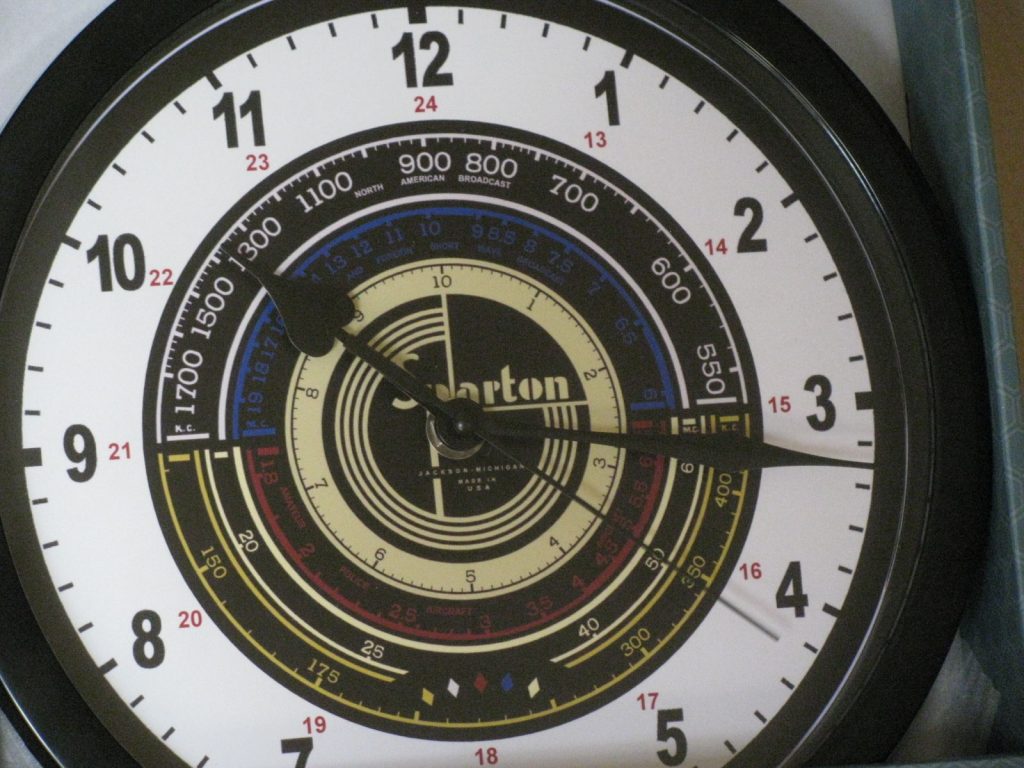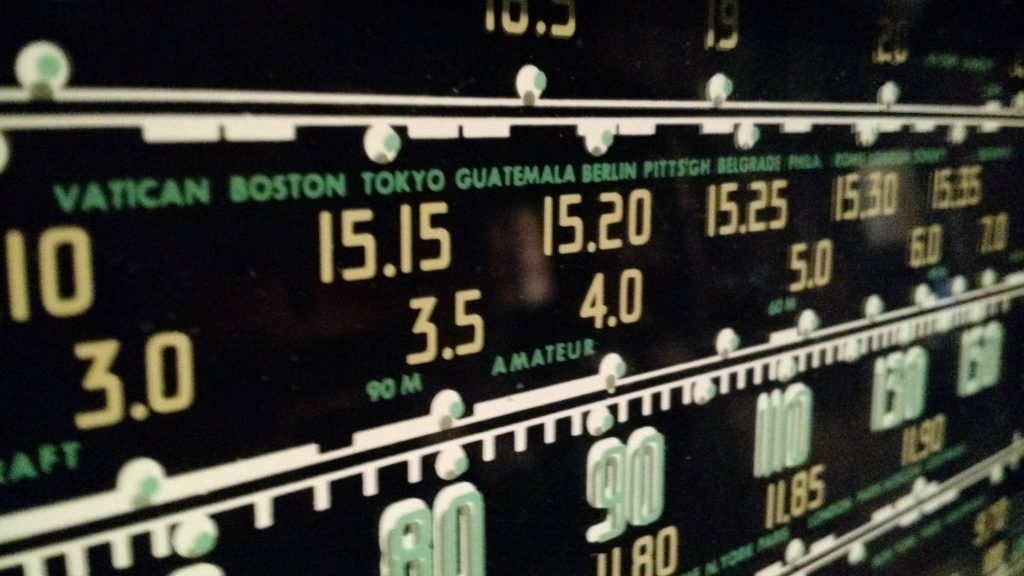Many thanks SWLing Post contributor, Aaron Kuhn, who writes:
[While passing by the TV at just the right time] I heard an interesting little 16 seconds of exchange in the Senate Russian Hacking hearings.
The exchange take place between Lindsey Graham and James Clapper from 1:57:40 to 1:58:24:
Click here to view on YouTube.
In this short exchange, which starts by Graham asking, “Would you agree with me that Radio Free Europe is outdated?” We learn that Clapper isn’t “familiar” with Radio Free Europe and both of them admit that they don’t listen to the radio (though Clapper believes it’s popular in some parts of the world).
Graham: “Is radio big in your world?”
Clapper: “Not in my world.”
Graham: “Yeah, I don’t listen to the radio so much either.”
Well…glad we sorted that out, gentlemen.
UPDATE — Kim Andrew Elliott comments:
That exchange might explain why the RFE/RL Press Room sent out this email on January 5…
Facts about Radio Free Europe/Radio Liberty:
(WASHINGTON – January 5, 2017) RFE/RL serves a measured audience of 27 million people a week in 23 nations and territories by video, social networks, mobile apps, websites, podcasts and radio – whatever media they use most. From its Prague headquarters and 18 news bureaus, it provides local news and information in 26 languages to the nations of the former Soviet Union, the Balkans, Iran, Afghanistan and Pakistan, including a round-the-clock Russian-language television channel.
Through last September, RFE/RL recorded one billion page views on its websites, 300 million views on YouTube and 225 million engaged users on Facebook, plus many more visits and views on other social networks and apps.
“RFE/RL’s audience is highly loyal, making their way to us despite efforts by some governments to jam us on the internet and over the air, and even to directly intimidate viewers and listeners,” said Thomas Kent, president and CEO of RFE/RL. “They find us an indispensable source of news and investigative journalism, constantly adapting to the most modern platforms to reach them.”
About RFE/RL
RFE/RL is a private, independent international news organization whose programs — radio, internet, television, and mobile — reach 27 million people in 26 languages and 23 countries, including Russia, Ukraine, Iran, Afghanistan, Pakistan, the republics of Central Asia and the Caucasus, and the Baltic states. It is funded by the U.S. Congress through the Broadcasting Board of Governors (BBG).

